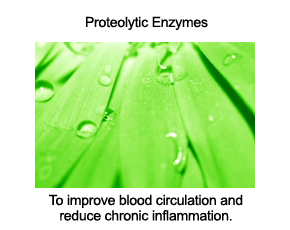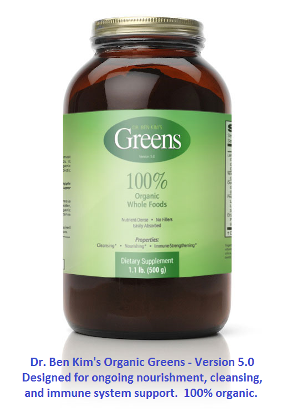You are here
Lovely Persimmons
Persimmons have long held a special place in my heart. As a young boy, I remember my parents picking up a case of heart-shaped Hachiya persimmons from the Korean grocery store in Toronto every winter just before Christmas. We'd gently check them every morning to see if one had ripened enough to eat. It was a true test of patience because if they weren't ripe enough, halfway down the fruit toward its stem, the flesh would make your lips and mouth pucker from its astringency, caused by a high concentration of tannins. Though I didn't understand the science of it as a child, waiting for full ripening meant allowing the naturally occurring tannins to become inert, leaving incredibly sweet and tender fruit.
Hachiya Persimmons:
As a teenager, I discovered non-astringent Fuyu persimmons that were always ready to eat straight out of the box. Fuyu persimmons have the same lovely sweetness and flavour that Hachiyas are known for, but their texture is like a cross between an apple and a pear.
Fuyu Persimmons:
All varieties of persimmon are rich in cancer-fighting carotenoids. They're also naturally abundant in manganese, vitamin B-6, vitamin C, and fiber. They provide about the same number of calories as most varieties of apple and pear, but per ounce, persimmons are far more nutrient-dense, mostly due to their carotenoids.
If you grow to love persimmons and can gobble them up by the case, you'll want to find a local Korean grocery store, which is almost guaranteed to carry them in bulk whenever they're in season - in North America, this is usually from November to early January.
Some Asian food markets offer dried persimmons year-round - these are typically the Fuyu variety, and while they are incredibly delicious, you should know that today, dried persimmons are mostly sprayed with anti-fungal chemicals while they are dried.
Please also note that it's best to avoid eating persimmon skins as explained in the following post:
Persimmon Skins and Other Foods that Can Cause Obstruction in the GI tract
Addendum on December 18, 2017 - a look at a new crop of organically grown Fuyu persimmons:
Join more than 80,000 readers worldwide who receive Dr. Ben Kim's free newsletter
Receive simple suggestions to measurably improve your health and mobility, plus alerts on specials and giveaways at our catalogue
Please Rate This
Highest RatedNo articles have been rated for usefulness recently, please check later. | Related Posts | ||















Comments
persimmons
Actually they are among my favorite fruits. I LOVE persimmons, they are very special.
I have also ordered dried ones from www.bellavia.com in california, they sell organic and non-organic, delicious!. Just know that there are TWO kinds to get fresh, the larger ones need to ripen before eating, the DONUT shaped ones are ripe when picked. namaste', rachel
Here's a helpful tip told to
Here's a helpful tip told to me by my local grocer: To ripen Hachiya persimmons, stick them in the freezer. Both types ripen in cold environments so if they're already soft, don't put them in the fridge! When you defrost the frozen persimmons they'll be soft and ready to eat!
Does freezing them really
Does freezing them really ripen them or does it simply soften the flesh? Ripening is a biochemical process that maximizes nutrition as well as improving texture and flavor.